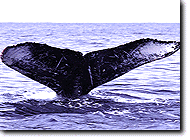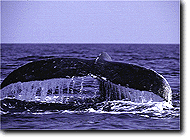Last summer one of my friends told me he is planning to go to Kerama Islands for whale watching. As I’ve been in Zamami I was surprised a little bit because the season to see this incredible giants starts on January and lasts till the beginning of April. So, if you go to Kerama in summer, you will hardly have a chance to meet any whale there. Now I will introduce you some important things you should know before going to whale watching to Kerama Islands.
The Performance Behaviors of Humpback Whales
Humpbacks usually congregate in small groups of one to four but gather in much larger groups when they are in the seas where they feed. Humpback Whales are popular among whale-watchers because of their dynamic performances.
|
|||
| Breaching The humpback alights from the water headfirst with huge splash. One of the finest moments in whale watching. |
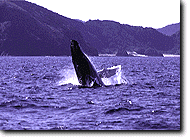 |
||
|
|||
| Lobtailing With its head underwater repeatedly striking the surface with its tail flukes making a huge splash and sound. |
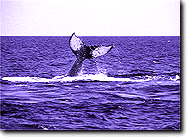 |
||
| Spyhopping A low move where the whale raises its head out of the water looks around and slowly sinks back down. |
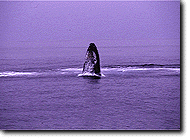 |
||
| Sidewise Slapping Holding its tail higher than its back the whale swings it flukes sidewise. Exceptionally aggressive behavior |
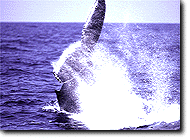 |
||
| Head Slapping This powerful gesture has the whale sticking over a third of its body out of the water and slapping it down on the surface of the water, making big splashes. |
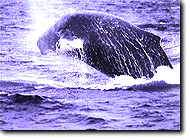 |
||
| Blowing or Spouting As the whale surfaces to breathe, they explosively exhale their breath. After that they are capable of staying underwater for as long as fifteen minutes. |
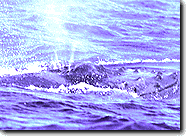 |
||
| Peak Slap Turning on its side the whale strikes one of its long flippers on the surface of the water. They are sometimes known to roll over and turn their stomach side up and slap both of their flippers on the surface as well. |
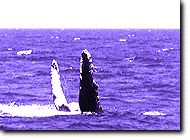 |
||
See also
You may meet people who say they are travelling to Kerama Islands in winter. Before getting surprised, make sure you know much about this fascinating part of the earth because the most wonderful season of the year to visit this island. So many activities to do, that you will definitely need a lot of free time to manage everything.
About ten years ago,island fishermen reported seeing whales in the area. Then the humpback whales have returned to the Kerama,where they once were hunted. Foer several years the number of whales migrating to the Kerama gradually increased. Current from February to March every year,many boats (departed from Naha and each islands) is used for whale watching around the Kerama islands.
Study of Humpback Whales in Japanese Waters
WWF Japan supported a survey of humpback whales in Japanese waters from 1988 to 1995. The survey was initiated by a Canadian scientist, Dr.James Darling, with help of Japanese volunteers. He used a method to identify animals by photo identification. Shapes and pattern of flukes of each humpback whale is different like human's finger prints. The purposes were to study status of the species in Northwestern Pacific Ocean and to introduce the method to Japan.
At present in the oceans of our earth there are seventy-six varieties of whales and dolphins comprised of sixty-six kinds of toothed whales and ten varieties of baleen whales. Among those that can have confirmed sightings in the seas off Okinawa are nineteen varieties of toothed whales and seven varieties of baleen whales. One of the most frequently sighted among the baleen whales is the Humpback.
The Humpback Whales in the Pacific
In order to win females to pair up with as mates, male whales engage in repeated fierce battles amongst themselves. At certain times as many as two to eight males will accompany one female. The male humpbacks do this to propagate their species and for them it is serious business, but for whale-watchers it is a chance to have an unforgettable experience viewing this dramatic behavior. The seas off Zamami Island are mating seas for the humpback and in contrast to other sea areas, such as feeding seas where such behavior as bubble net fishing can be seen, the Zamami seas are where visitors can come to watch their mating pod behavior.
by Senzo Uchida
Humpback Whale

